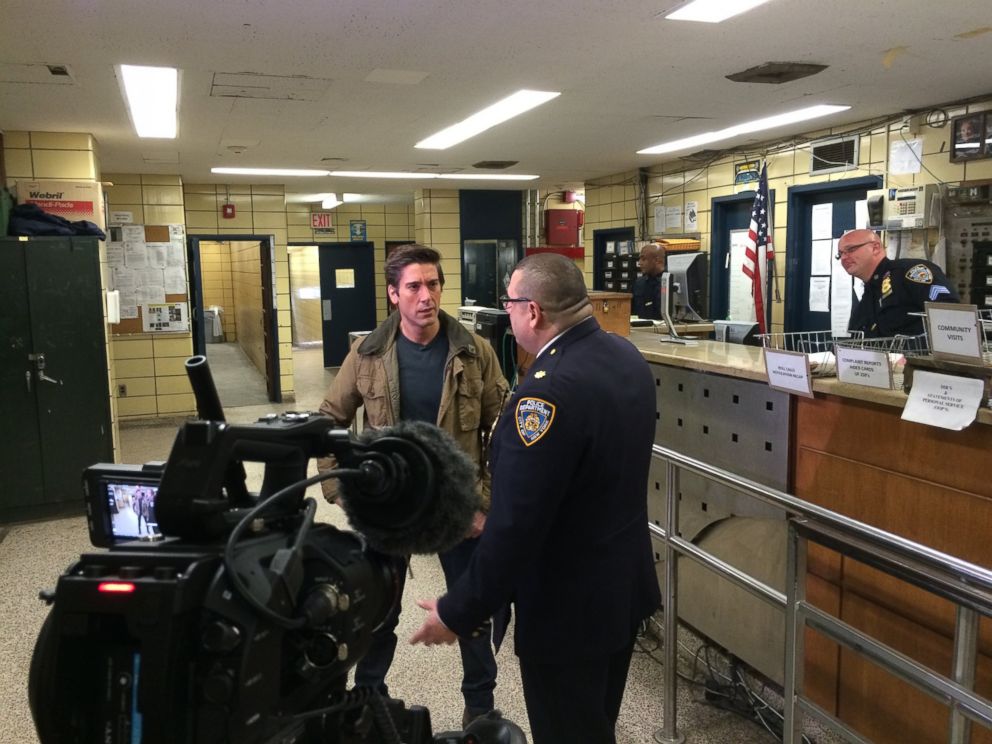

If we don’t address the causes of crime, I fully expect that 20 years from now we will still have a major problem. But the United States is not a mass-production society anymore. We’re still educating people with a mass-production mentality. Education is critical, and yet a large number of our young people are estranged and alienated from the school system. That means an educational system that produces people who can read and write, so they can get a job. That means meaningful employment for all Americans. And if we’re serious, we must make a commitment to deal with them.

We must look at the underlying factors that produce crime. People are not satisfied with the police service they’re receiving.Īny logical, thinking person would tell you that traditional approaches are not solving the problem. People who can afford it are hiring private security there are more private security personnel today than there are public-sector police.

If we were a business, you’d have to say that our market share is declining. If you ask police officers around America, “Are you happy with what you’re doing?” anyone who’s honest will answer, “no.” The marketplace knows it too. The fact is, crime is higher now than ever before, and the police know that things aren’t working. Today we have over 21,000 inmates in our jails and more than 55,000 in our state prisons. A few years ago, the New York City jail system had a capacity of 6,000 inmates. In New York City, we arrest over 300,000 people a year. In fact, prison overcrowding is the biggest problem in most states. We’re arresting people in record numbers. Brown: Our traditional role is to arrest and incarcerate people, and we are very good at that. HBR: How do you assess the performance of police departments in U.S. The interview was conducted in Commissioner Brown’s office by HBR Editorial Director Alan M. He is currently president of the International Association of Chiefs of Police. Prior to his appointment in January 1990 by New York City Mayor David Dinkins, Brown had served as public safety commissioner in Atlanta, Georgia, chief of police in Houston, Texas, and director of the department of justice services in Multnomah County, Oregon. Lee Brown comes to the challenge with a master’s degree in sociology, a doctorate in criminology, and a record of accomplishment in police administration and teaching. It will mean a change in the command-and-control, paramilitary model of police management and the forging of a new partnership between the police and the people in the neighborhoods they protect, the private sector, and other departments in the city government.
:no_upscale()/cdn.vox-cdn.com/uploads/chorus_asset/file/20014947/1pp_010919_copy.0.jpg)
But more fundamentally, it entails the creation of a new culture for the police department, new human resource practices, including hiring, promotion, recognition, and extensive training and retraining of officers and managers. The move to community policing requires a change in operations-cops walking beats, getting to know people in the community, and solving problems rather than riding in patrol cars and responding to 911 calls. But in practice, Brown’s shift to community policing represents as ambitious-and risky-an undertaking as any major corporate turnaround or restructuring effort. Instead, Brown advocates a new approach-“community policing.” The concept is simple in some respects, a throwback to the days of the cop on the beat. According to Brown, “traditional” policing-where officers respond to 911 calls and patrol in cars-is both inadequate to the challenge of crime and a mismanagement of police resources. Lee Brown has determined to combine these two challenges by totally redefining the mission and operating style of the department. Its 1990 budget was $1.6 billion, 94 % of which went directly into salaries and personnel services. Its assets include more than 2,000 police cars, 625 scooters, 83 motorcycles, 10 boats, 5 helicopters, 107 horses, 26 dogs, and 4 robots. The New York City Police Department consists of 26,756 uniformed and 9,483 nonuniformed personnel and is more than twice the size of the Chicago Police Department, the nation’s next largest. social and economic systems and with solutions beyond the capacity of the police to provide alone.īrown’s second challenge is management. It is, Brown says, comparable to a national health emergency, with causes deeply rooted in U.S. As Brown is quick to point out, the situation has grown so severe that people in cities are afraid. In 1989 in New York City, 712,419 crimes were reported, including 1,905 murders, 93,377 robberies, and 3,254 rapes. As commissioner of the New York City Police Department, Lee P.


 0 kommentar(er)
0 kommentar(er)
